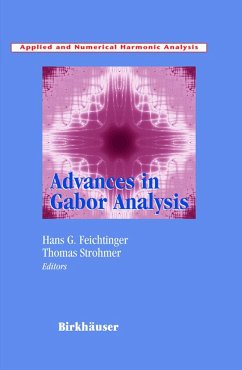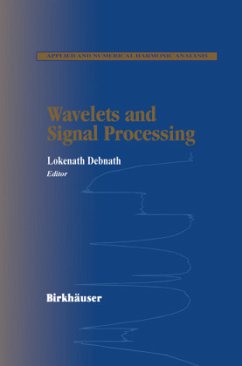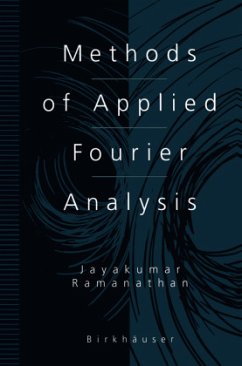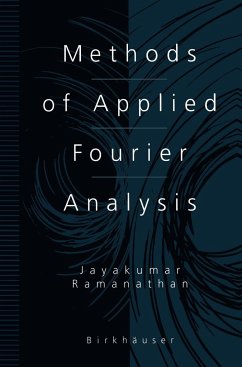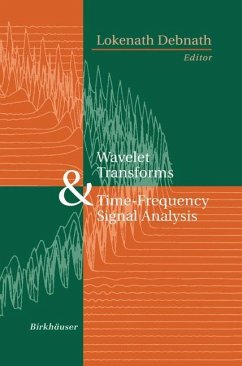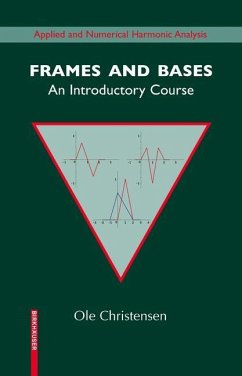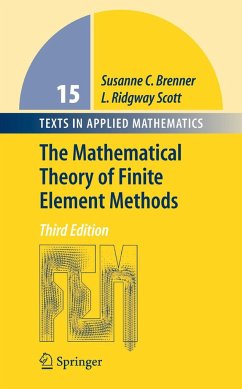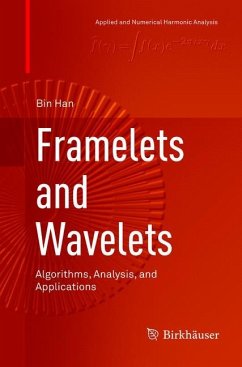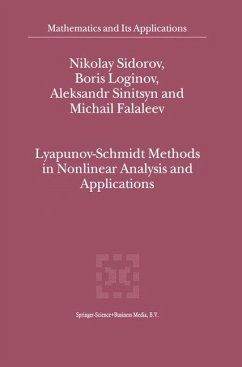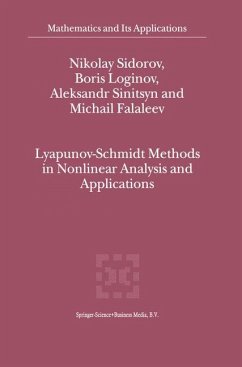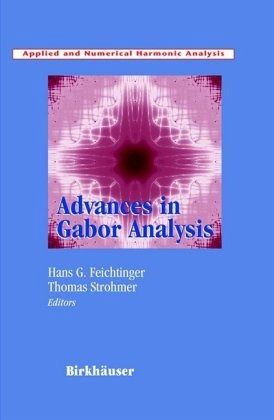
Advances in Gabor Analysis

PAYBACK Punkte
39 °P sammeln!
The Applied and Numerical Harmonic Analysis (ANHA) book series aims to provide the engineering, mathematical, and scientific communities with significant developments in harmonic analysis, ranging from abstract har monic analysis to basic applications. The title of the series reflects the im portance of applications and numerical implementation, but richness and relevance of applications and implementation depend fundamentally on the structure and depth of theoretical underpinnings. Thus, from our point of view, the interleaving of theory and applications and their creative symbi otic evolutio...
The Applied and Numerical Harmonic Analysis (ANHA) book series aims to provide the engineering, mathematical, and scientific communities with significant developments in harmonic analysis, ranging from abstract har monic analysis to basic applications. The title of the series reflects the im portance of applications and numerical implementation, but richness and relevance of applications and implementation depend fundamentally on the structure and depth of theoretical underpinnings. Thus, from our point of view, the interleaving of theory and applications and their creative symbi otic evolution is axiomatic. Harmonic analysis is a wellspring of ideas and applicability that has flour ished, developed, and deepened over time within many disciplines and by means of creative cross-fertilization with diverse areas. The intricate and fundamental relationship between harmonic analysis and fields such as sig nal processing, partial differential equations (PDEs), and image processing is reflected in our state of the art ANHA series. Our vision of modern harmonic analysis includes mathematical areas such as wavelet theory, Banach algebras, classical Fourier analysis, time frequency analysis, and fractal geometry, as well as the diverse topics that impinge on them.





